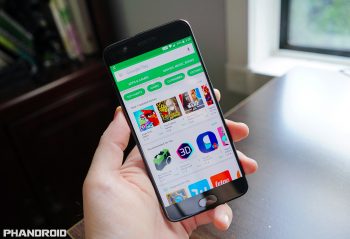
Google is finally banning apps from the Play Store that serve lockscreen ads
Ads are a great way for developers to monetize their apps and games in the Google Play Store but occasionally — because of the freedoms the Android OS provides — things can go awry. You’ve probably come across an ad in your time with Android that you felt was taking things a bit too far.
But Android is no longer the Wild West it once was. Google has some very strict guidelines on how developers can use ads inside their apps. Deceptive ads that mimic an app’s UI or system notification, full screen ads without a dismiss button, ads that display outside the app serving them — these are just a few of the practices strictly forbidden by Google.
Like a cat-and-mouse game, Google has to add new categories for companies who try to get creative their ads. A relatively new method of serving ads is the lockscreen ad. Apparently a handful of apps (ES File Explorer, Peel, and others) started including their own special lock screen overlays that are little more than one giant ad on top of your lockscreen. Google has had enough. According to the newly updated Google Play Developer Policy Center:
“Unless the exclusive purpose of the app is that of a lockscreen, apps may not introduce ads or features that monetize the locked display of a device.”
Google will begin banning apps that have these types of ads, so developers using them have officially been put on notice. To be clear, this doesn’t include actual lockscreen apps or even those whose sole purpose is to pay you in exchange for showing you ads on the lockscreen. Those are perfectly fine. It’s all about ensuring Android apps aren’t being deceptive and we applaud Google for making an effort to keep devs honest. Let’s just see how well this is actually enforced.